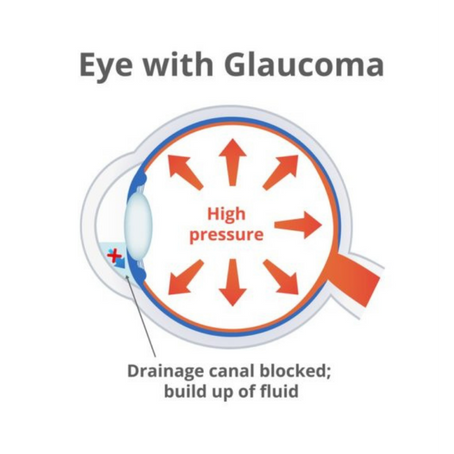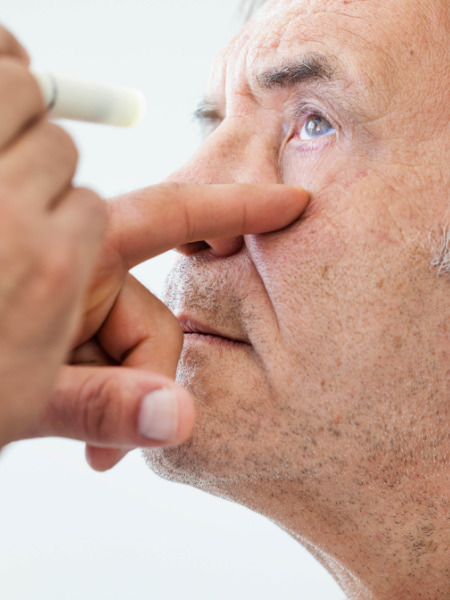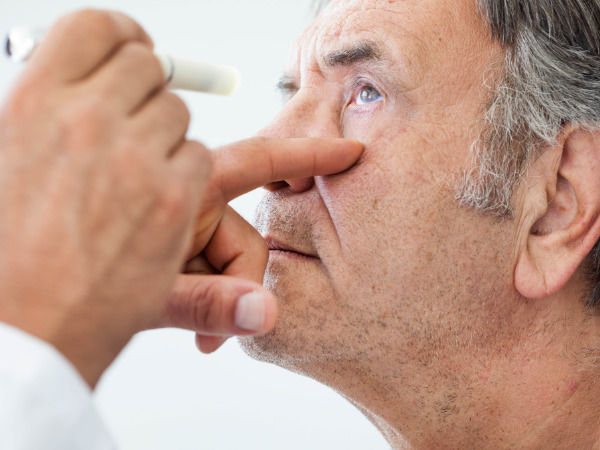Search
Search
It is estimated that over 3 million Americans have glaucoma but only half of those know they have it.
Glaucoma is a group of eye conditions that damage the optic nerve. Typically, early disease progression has very few symptoms, and in many cases, no symptoms at all. Glaucoma has long been considered the “silent thief of sight”, being one of the leading causes of blindness for people over the age of 60.
Although there is no cure for glaucoma, the condition can usually be managed and, if detected early enough, proper treatment may minimize vision loss and blind spots due to optic nerve damage.
Glaucoma is typically caused by elevated intraocular pressure (IOP). Elevated pressures are typically due to an overproduction of fluid in the eye (aqueous humor) that flows throughout the inside structures of the eye. In a healthy eye, the internal fluid drains through a tissue called the trabecular meshwork where the iris and the cornea meet. When there is an overproduction of aqueous humor or the drainage system isn’t working properly, the fluid can’t drain at the proper rate, leading to elevated eye pressure.
Main Types of Glaucoma
Unlike other eye conditions, there is no pain, redness, or change in vision associated with glaucoma until the late stages of the disease. Because there are so few symptoms, many patients are unaware of glaucoma’s progression until the disease causes permanent loss of vision.
The damage to the optic nerve is gradual, and there are often no warning signs, so early detection of glaucoma and optic nerve damage is crucial.


